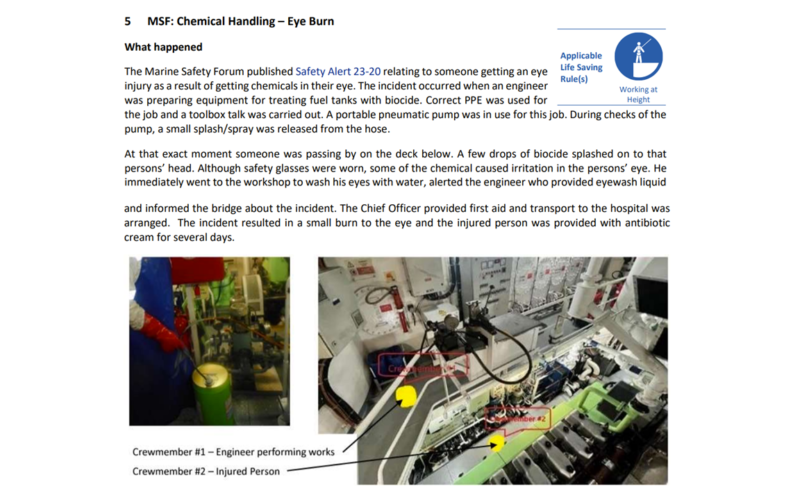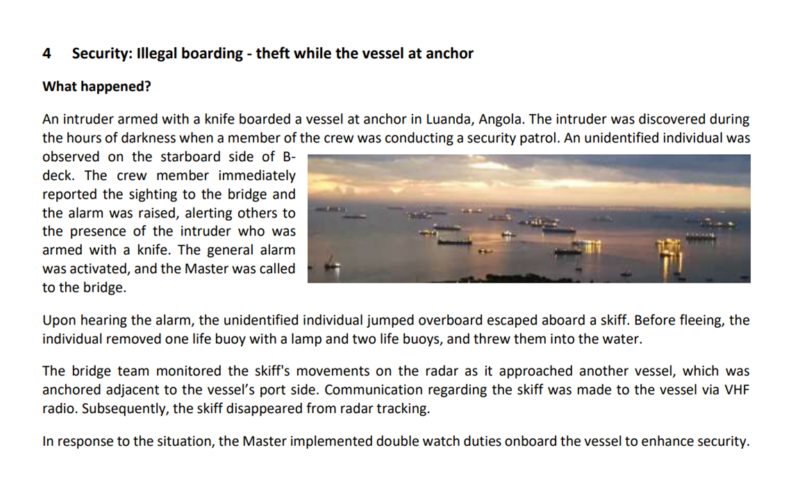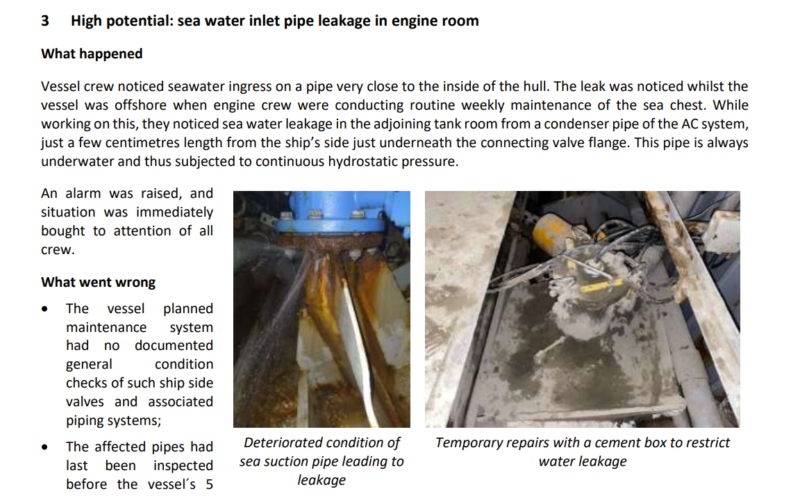
Cause & Consequence
- Release of a harmful substance
- Uncontrolled release of a flammable gas or liquid
Contributing Factor
- Complacency
- Competence
- Control of work
Description of Incident
The control valve gland plate loading bolts and nuts became detached from the valve, leading to a loss of containment at the valve stem packing gland. The evidence suggests that the lock nuts were not tightened when the valve was brought into service and there was no record of any checks being carried out.
The control valve was replaced with a brand-new valve in a pump minimal flow recycle line for an oil export pump. The valve replacement included reinstatement/stroke tests during which no issues were identified with the gland packing assembly.
The valve was not immediately returned to service on completion of reinstatement testing due to ongoing maintenance on the export pump. Two months after reinstatement, the valve was put in service for 20 min as part of the oil export pump testing and no issues were observed. After another month, the valve was taken into service and a confirmed gas detection was identified from the valve location. Subsequently, hydrocarbons were found to be being released in the vicinity of the valve and the platform was automatically shut down.
Why it happened:The control valve packing assembly was fitted with packing loading nuts which also included lock nuts.
As the valve had been tested at high pressure onshore as part of the procurement process, the technicians who installed and stroke tested the valve were not aware of the requirement to check the adjustment of the packing assembly. Hence, the gland packing retaining bolts/nuts were not tightened prior to putting the valve into service.
In addition to the above, due to the platform production turndown, the minimum flow recycle valve was open continuously in normal service to maintain the large capacity pumps on the minimum flow curve. The stroke position of both control valves was set manually due to flow meter instrumentation readings were faulty (transmitters were saturated).
The net effect was that the actual flow rate through the combined pump recycle pipework was excessive which led to flow-induced vibration in the export recycle pipework. The vibration was then transferred to the recycle valves which led to the packing assembly nuts unscrewing on the new control valve and the subsequent loss of containment.
Good Practice Guidance
- Consider if you have any equipment operating outside of normal operating parameters due to production turndown. Could there be an unidentified hazard (vibration, high flowrate etc)?
- Consider if your technicians have the correct competency to carry out low frequency activities such as the reinstatement / commissioning of control valves.
- Consider if your processes for installation, testing and recommissioning of control valves ensures that gland packing assemblies (including lock nuts) are checked by competent technicians at the appropriate time throughout the reinstatement process and during early service life. The relaxation of gland packing material following valve hydro testing is not uncommon and can result in gland fasteners becoming loose. For the gland packing to work effectively it must be kept under an appropriate compressive load and for this reason, regular inspection of the gland locking nuts is recommended, especially post installation.
- Consider if your reinstatement process recognises the potential hazards that could emerge when equipment is installed but not immediately taken back into service.
Rate this highValueLearning
Average Rating
Latest Alerts & Moments
Our searchable catalogue of hundreds of Safety Alerts and Safety Moments are all designed as learning resources that can help improve workplace safety.


